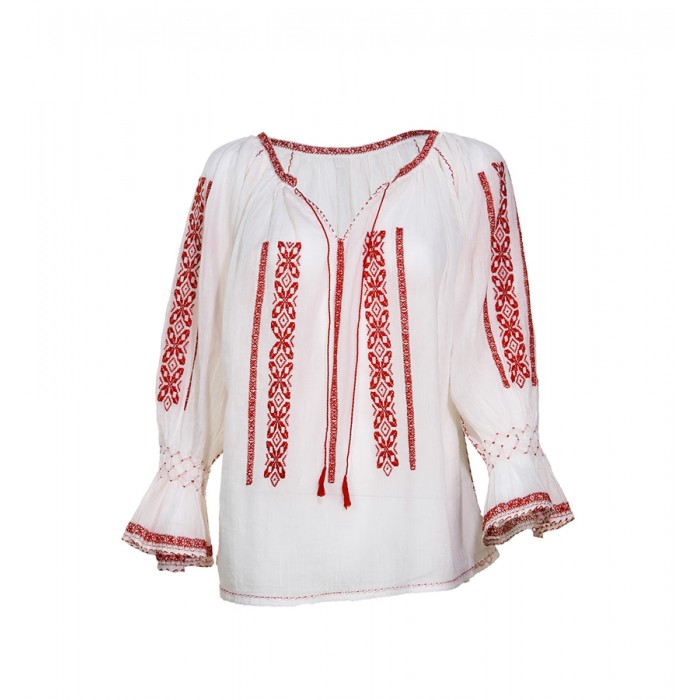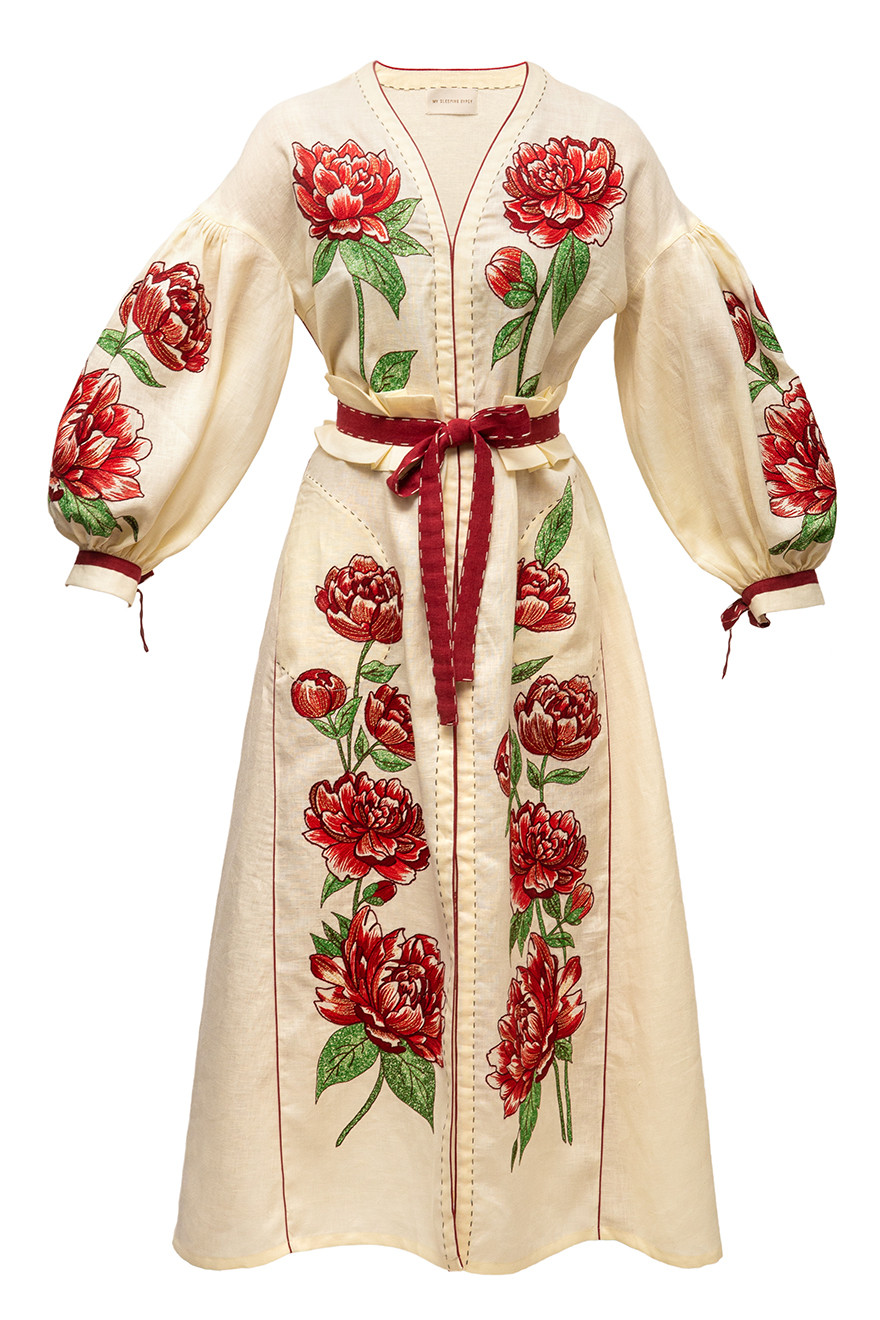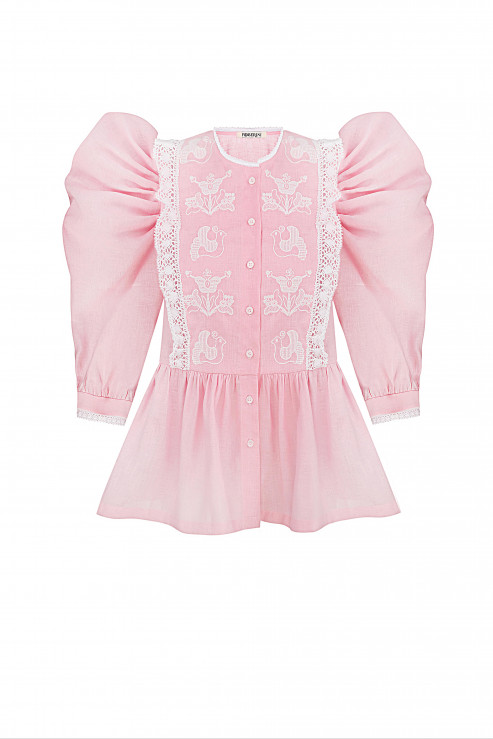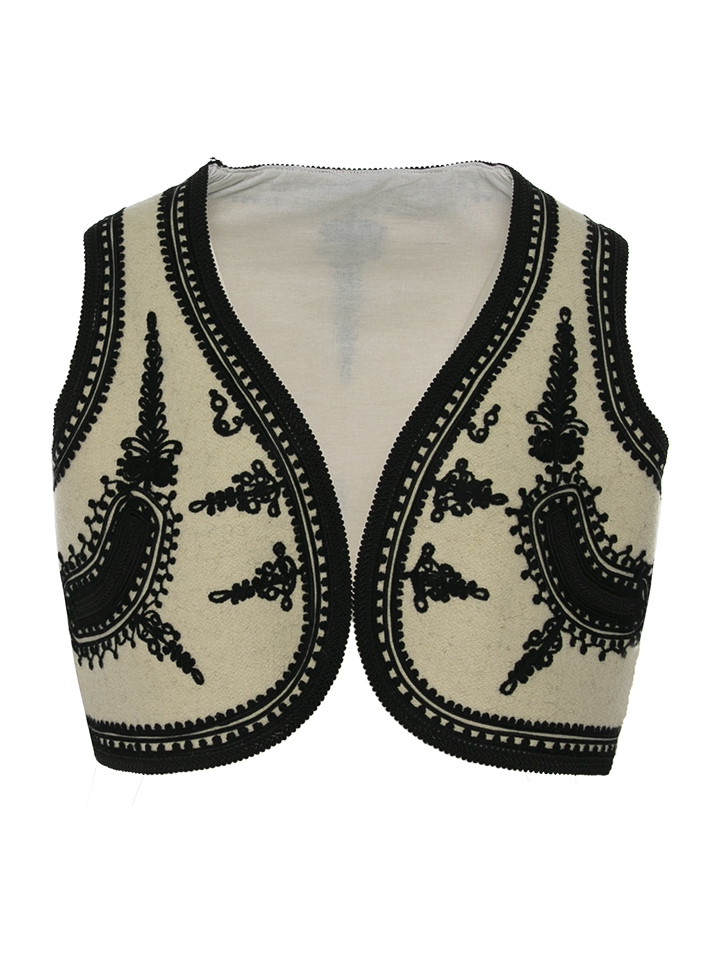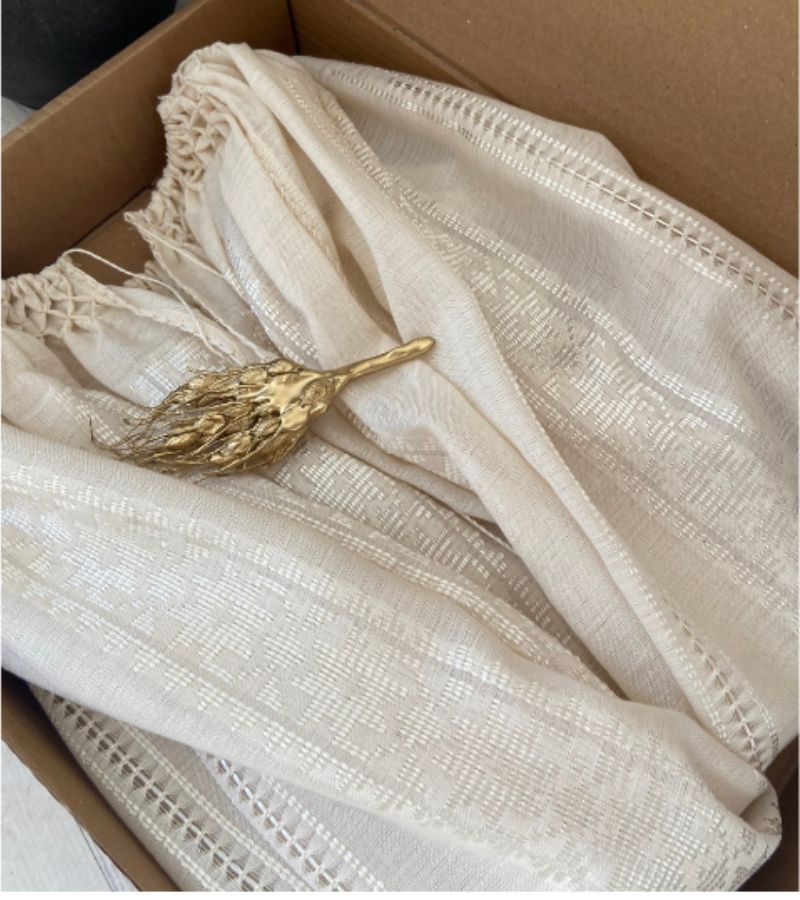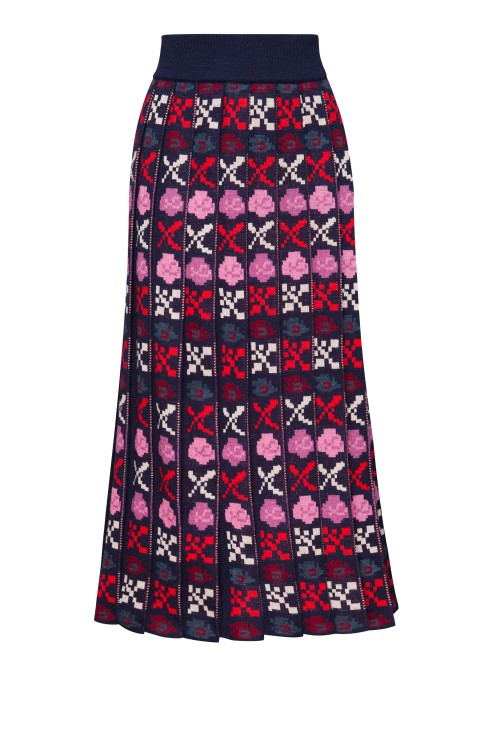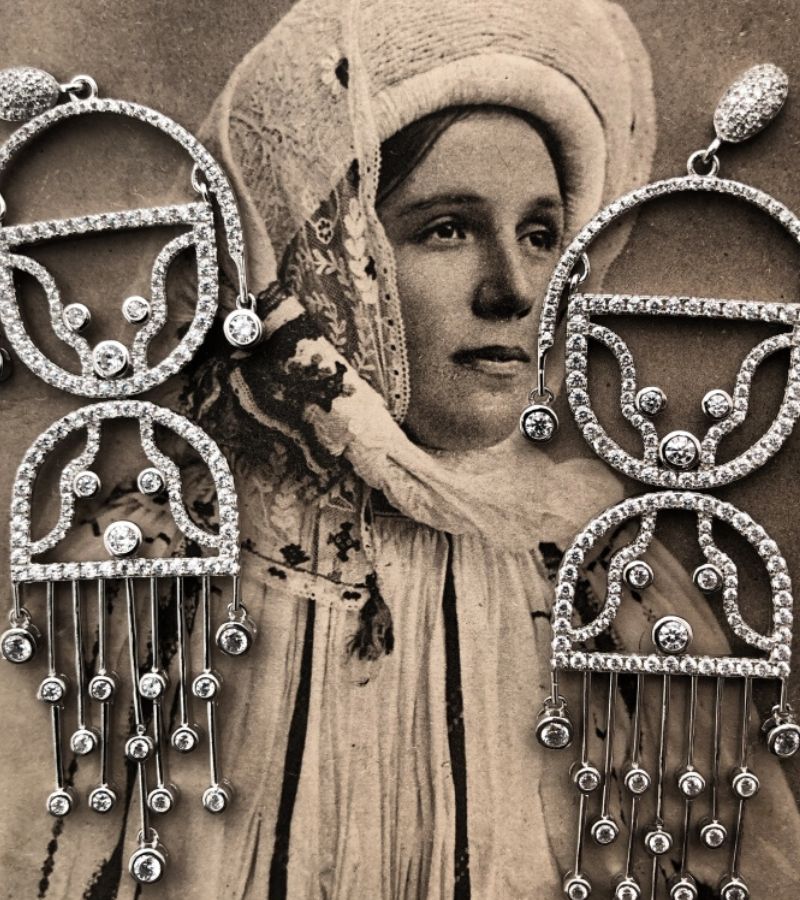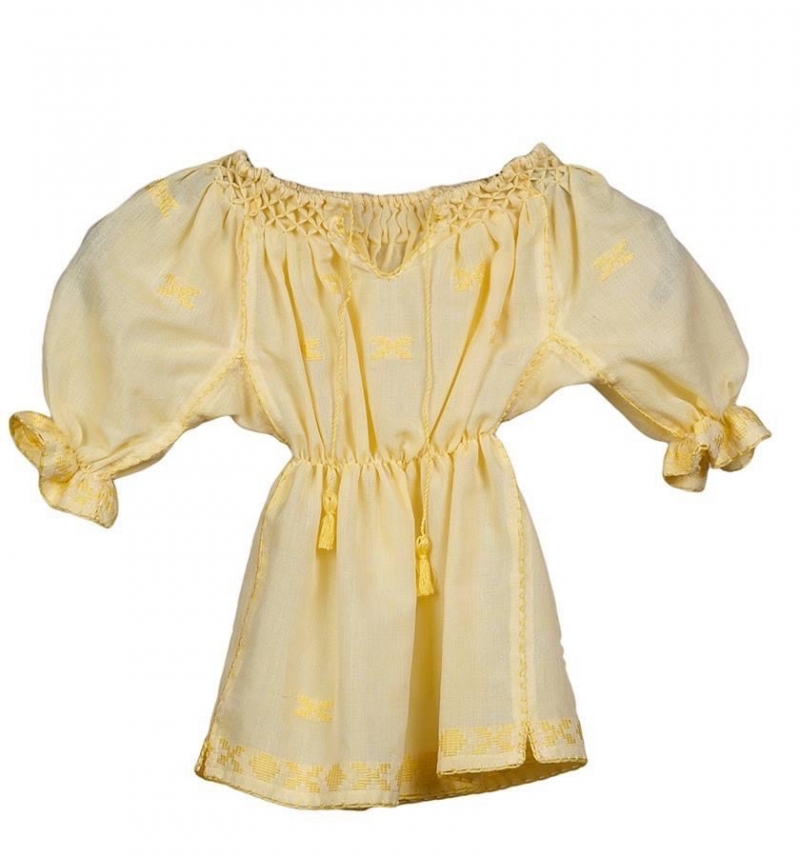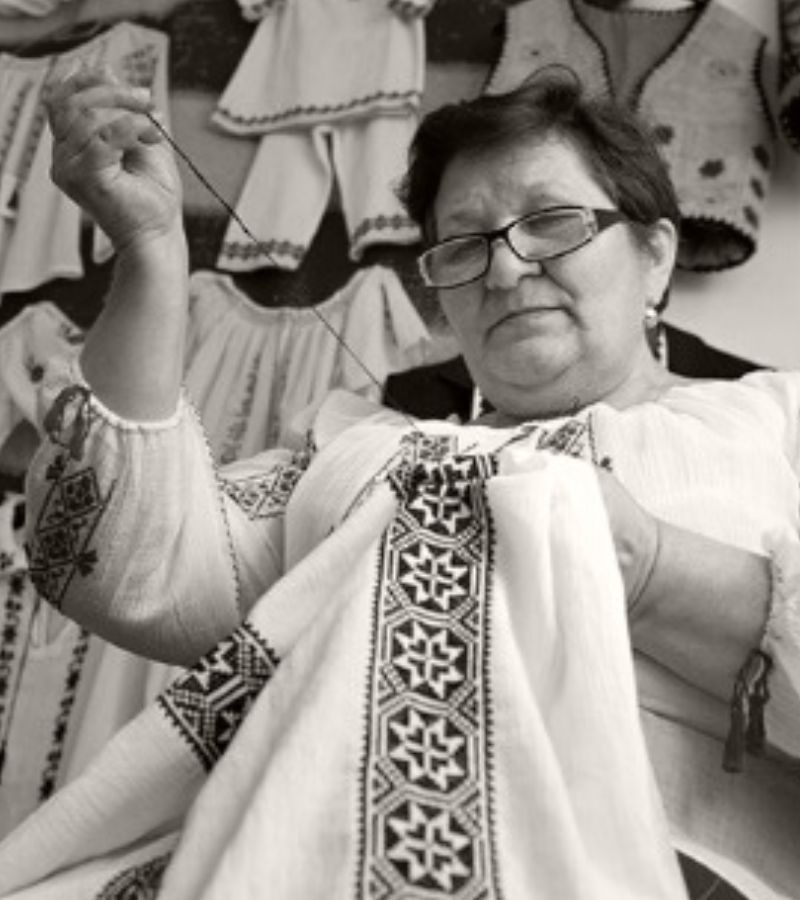writen by Sophia Lepore, editorial intern at TakePart.BRS shares content with valuable information regarding sustainable fashion programs,ecology, conscious fashion and slowliving movement.
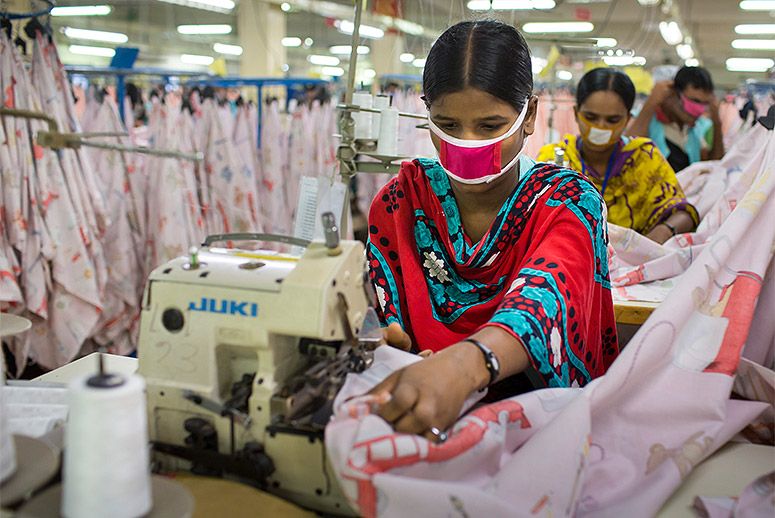
“Overall, in today’s fashion industry, we have absolutely no concept of what it is like to be a garment worker in a developing country—these people are invisible to us—so to begin a process of seeing what they go through, their lives, their struggle, is a step towards further understanding the need for a more egalitarian and fair fashion industry, especially in relation to wages,” Orsola de Castro, the U.K.-based founder of Fashion Revolution, wrote in an email to TakePart. “By analyzing their spending habits, what their money buys, what their wages are covering in terms of their monthly spend, we assume we will find out how vulnerable they are in the present system, and strengthen the case for a fair living wage.”
Fast-fashion consumers may not realize that the low prices of their shirts and pants are the result of the low pay of the people making their clothing, and research shows that many people don’t want to know if their garments were made sustainably. Workers in Cambodia cut and sew eight to 12 hours a day, six days a week, earning as a minimum wage 70 cents an hour, or $140 per month. Garment workers in India and Bangladesh are paid even less, $105 and $68 per month, respectively. Factory workers are often paid less than the minimum wage, however, and those who earn those salaries may not be making enough to pay for food, shelter, and clothing.
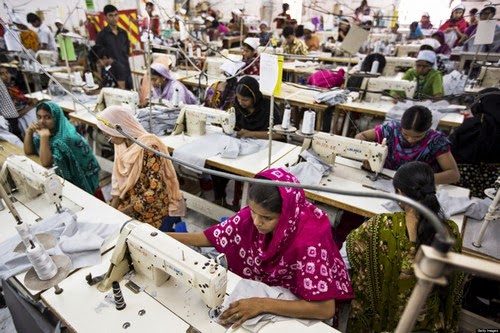
“We ask the women what money they earned, spent, borrowed, lent out, saved, withdrew from their savings, transferred to someone else (such as a relative) or received from someone else,” Guy Stuart, the executive director of Microfinance Opportunities, wrote in an email to TakePart. “These data will give us a unique insight into how the women manage to live on what they earn, what they do when they don’t earn money, how they cope with unexpected events such as an illness, how much money they give to their family as opposed to keeping for themselves, and other important issues.”
The project’s researchers will also collect information on the daily schedules of the women and any significant events that occur in their homes or at their workplaces. Tracking such information will give researchers a concrete understanding of a variety of problems, from the length of time women spend in pain while hunched over a sewing machine to how often they endure harassment or injury.
De Castro started Fashion Revolution in 2013 after the Rana Plaza factory collapse in Bangladesh, which killed about 1,100 people and injured 2,500 more. Since then, Fashion Revolution and other human rights activists have called attention to the poor working conditions in the fast-fashion industry and pushed government authorities and corporations to enact reforms. Safety recommendations from groups such as the Accord on Fire and Building Safety in Bangladesh, which was formed after a 2005 factory collapse, and the Alliance for Bangladesh Worker Safety, which was started after the Rana Plaza accident, have produced mixed results.
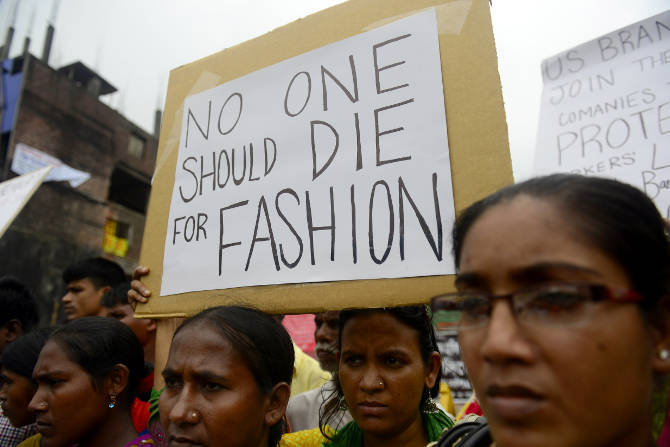
“The workplace may have become a little safer, due to the Accord and Alliance’s enforcement of safety standards, but there are still many factories that are not included in their audits,” de Castro wrote. “However, as we have heard through numerous recent reports in the media, 90 percent of the structural, electrical and fire-safety improvement plans are behind schedule, [and] 13 percent of suppliers still haven’t removed locks from doors which could be used as fire exits.”
To ensure the most accurate accounts of what is happening in the factories, interviews with the women will be completed in the safety of their homes. “We have not, in any way, contacted the factories about our research and there is no way for the factories to know the women are being interviewed unless someone who lives in the same community tells the factory,” Stuart wrote. Workers living within factory dormitories are not being included in the research.
“We absolutely must ensure that all garment workers, and all workers in the fashion supply chain, are in a position to work in safety and with dignity, paid justly,” de Castro wrote. “We cannot talk about fashion being ‘democratic’ or ‘aspirational’ unless those concepts are distributed also to all supply chain workers’ lives.”


 Română
Română


